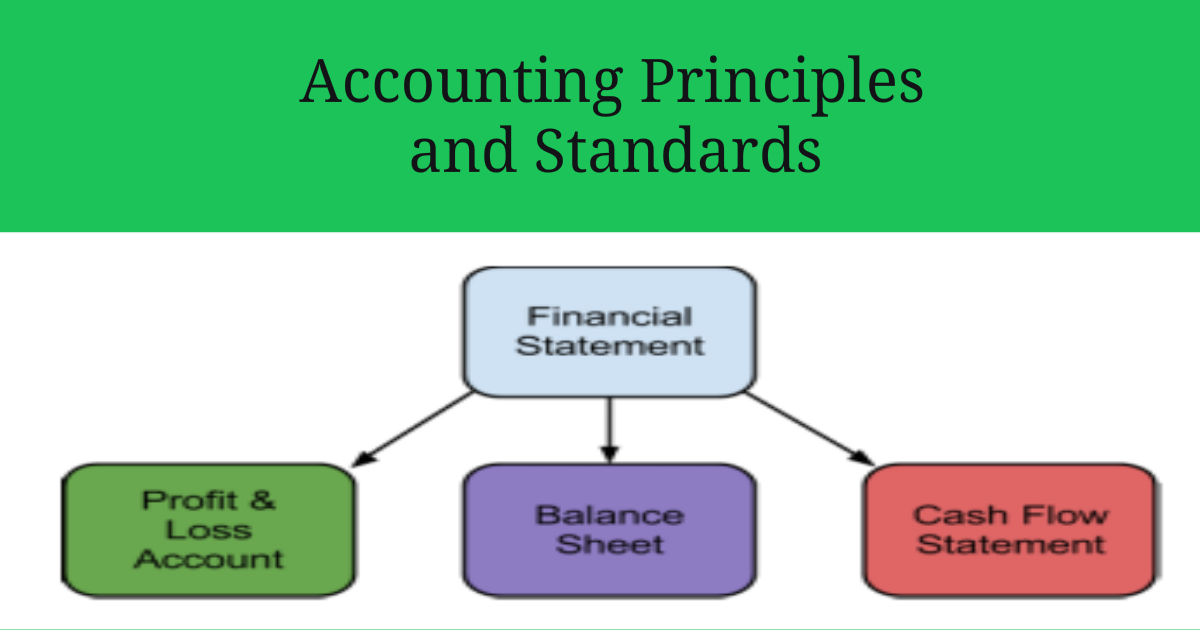

However, much smaller items may be considered material. The Securities and Exchange Commission has suggested for presentation purposes that an item representing at least 5% of total assets should be separately disclosed in the balance sheet. This definition does not provide definitive guidance in distinguishing material information from immaterial information, so it is necessary to exercise judgment in deciding if a transaction is material. Under generally accepted accounting principles (GAAP), you do not have to implement the provisions of an accounting standard if an item is immaterial. The materiality principle states that an accounting standard can be ignored if the net impact of doing so has such a small impact on the financial statements that a reader of the financial statements would not be misled.
ACCOUNTING PRINCIPLES DEFINITIONS FULL
In fact, the full disclosure concept is not usually followed for internally-generated financial statements, where management may only want to read the “bare bones” financial statements. To reduce the amount of disclosure, it is customary to only disclose information about events that are likely to have a material impact on the entity’s financial position or financial results. The interpretation of this principle is highly judgmental, since the amount of information that can be provided is potentially massive. The full disclosure principle states that you should include in an entity’s financial statements all information that would affect a reader’s understanding of those statements, such as changes in accounting principles applied. This was disclosed, as required by GAAP, in the footnotes to the audited financial statements. For instance, GAAP allows for several different ways of valuing inventory (goods held for sale in the ordinary course of business.)ĭuring the first nine months of fiscal 2008, Home Depot implemented a new enterprise resource planning (“ERP”) system, including a new inventory system, for its retail operations in Canada and changed its method of accounting for inventory for its retail operations in Canada from the lower of cost (first-in, first-out) or market, as determined by the retail inventory method, to the lower of cost or market using a weighted-average cost method.

However, companies can change an accounting principle or method if the new version in some way improves the usefulness of the reported financial results. The consistency principle states that, once you adopt an accounting principle or method, continue to follow it consistently in future accounting periods so that the results reported from period to period are comparable.


 0 kommentar(er)
0 kommentar(er)
